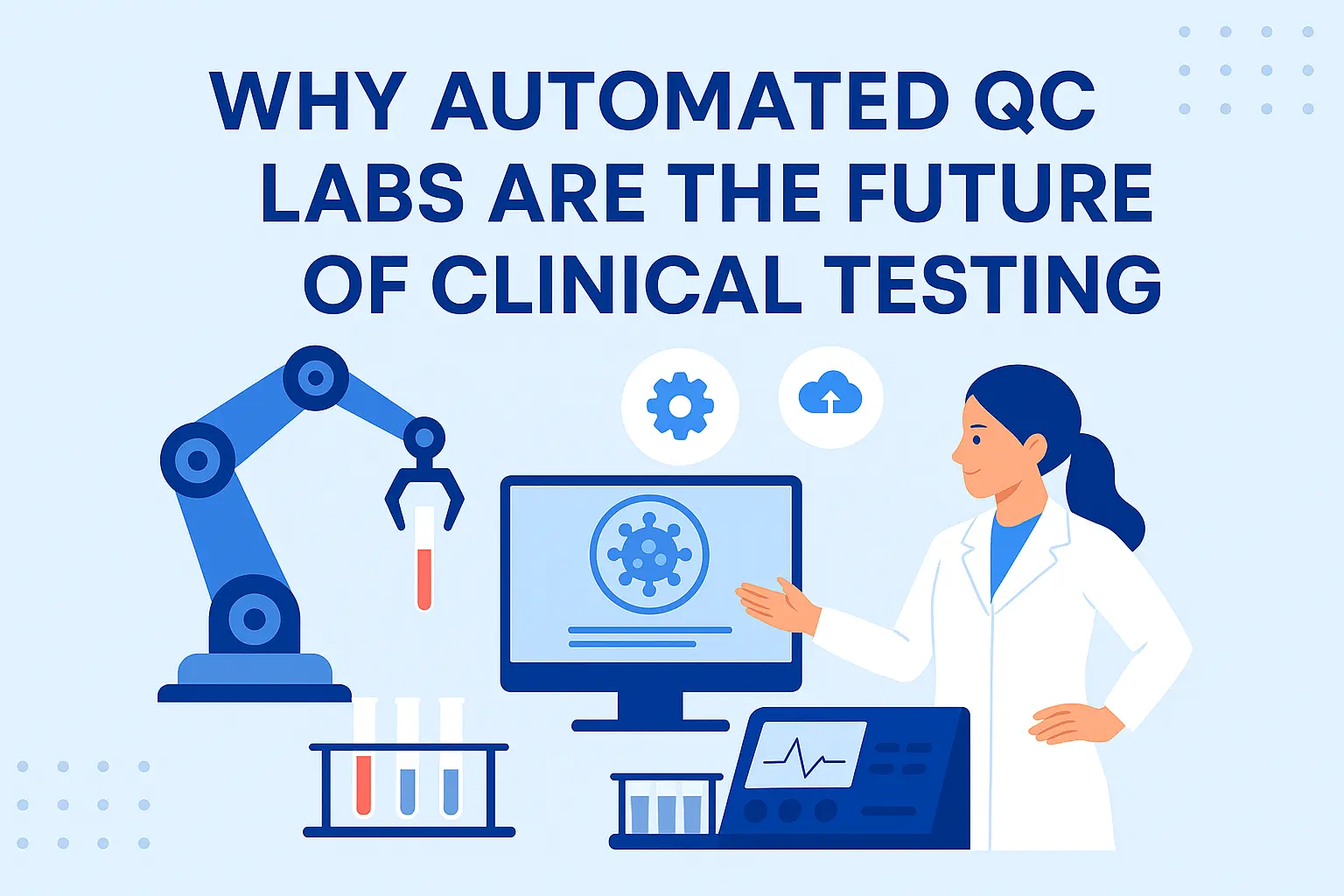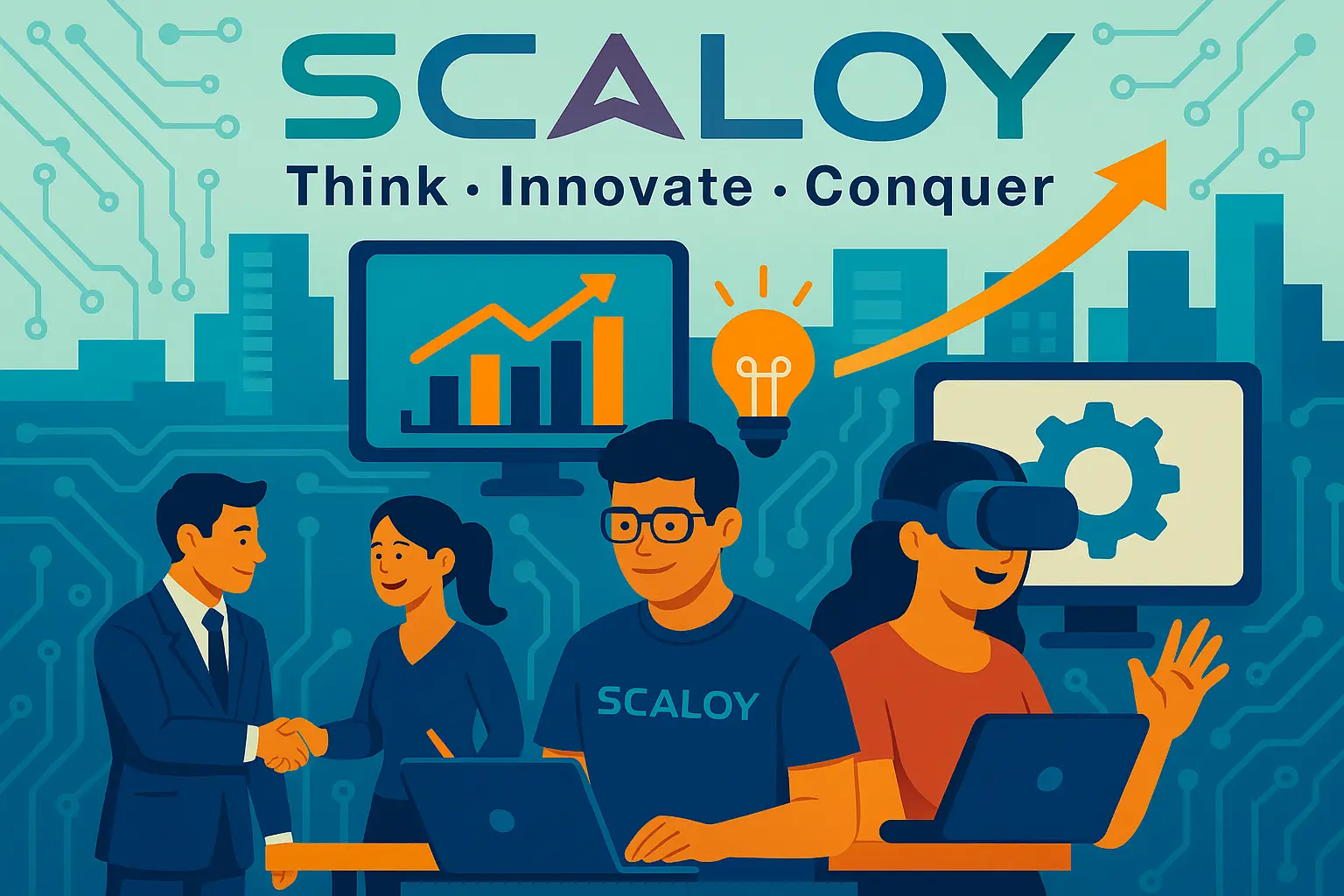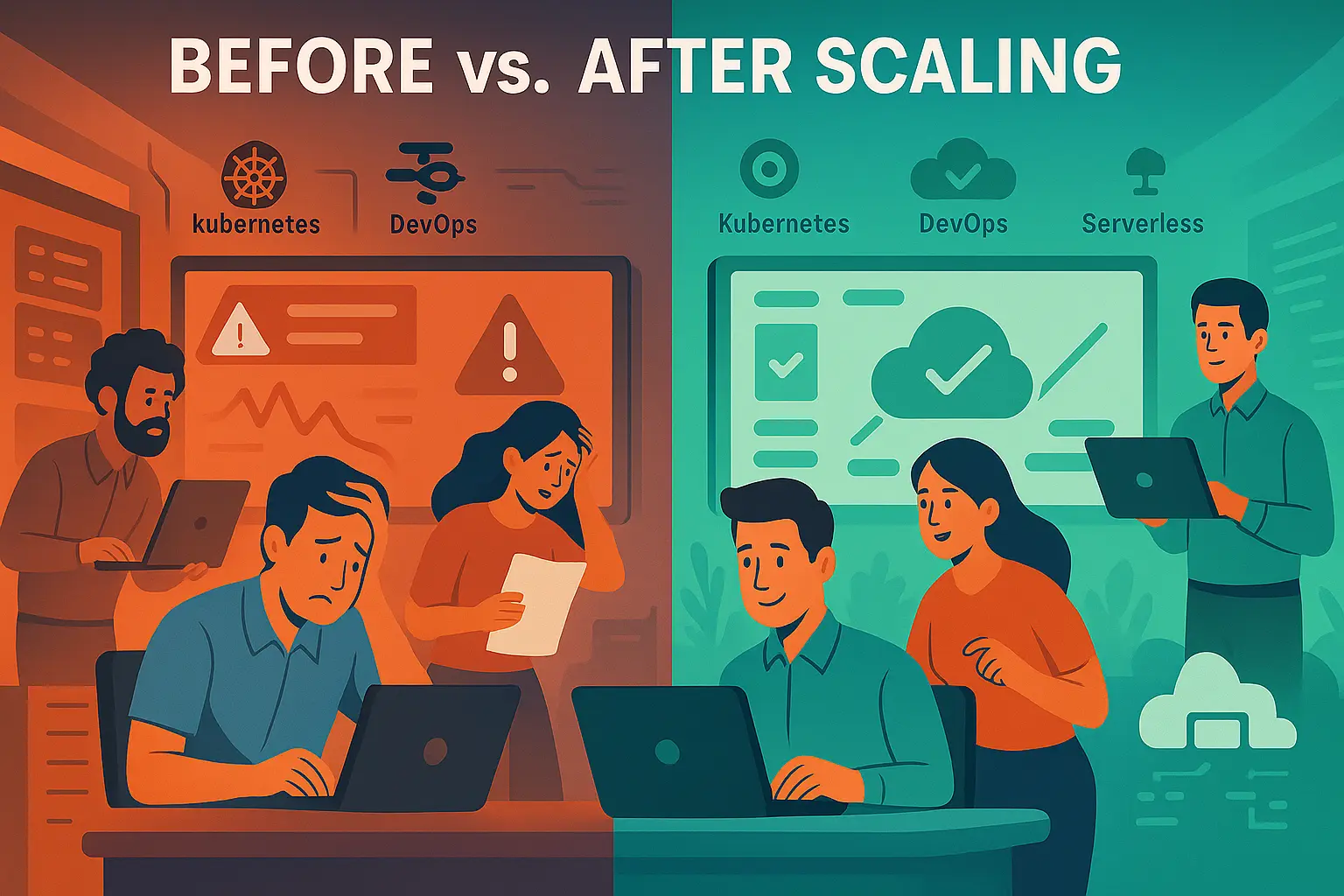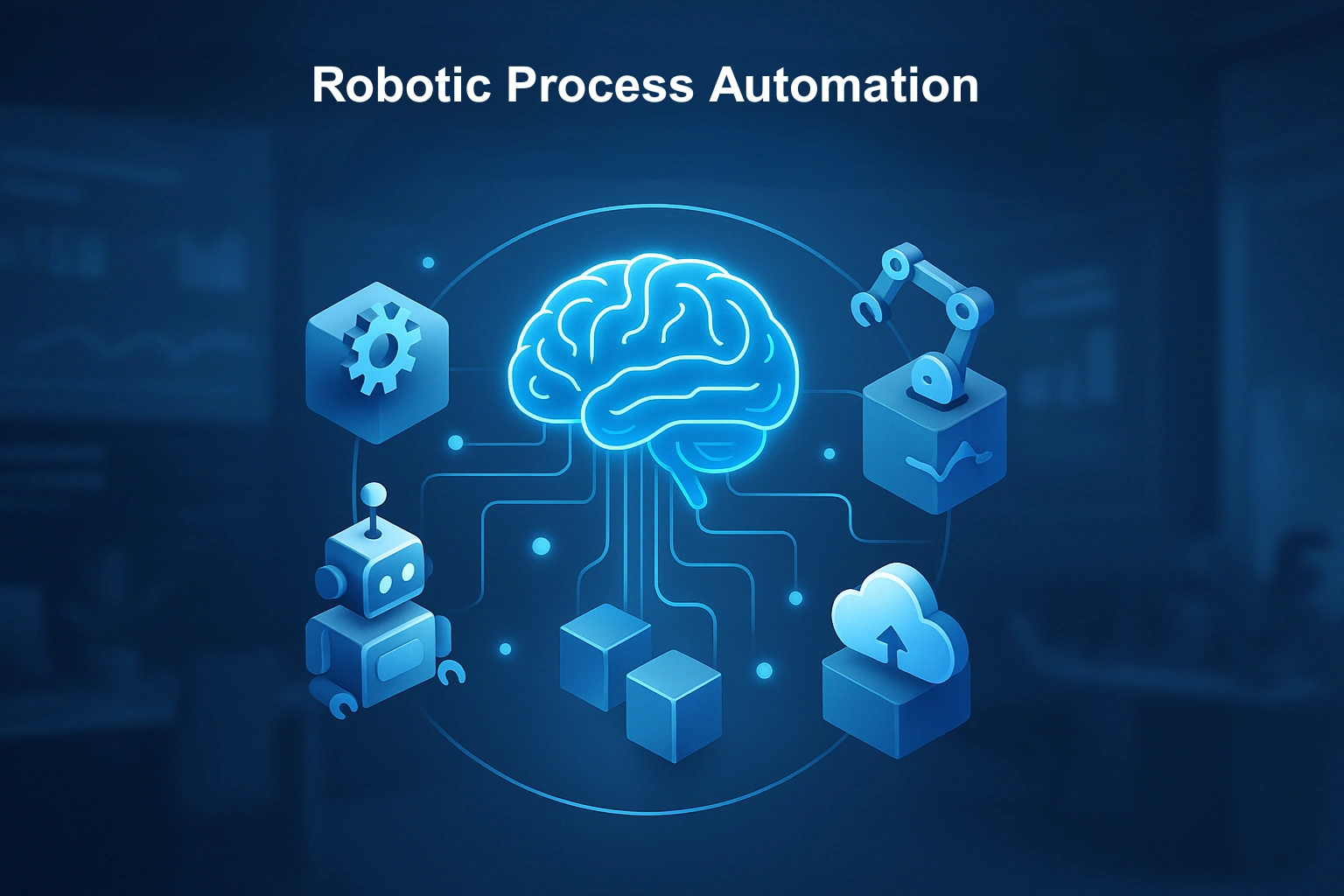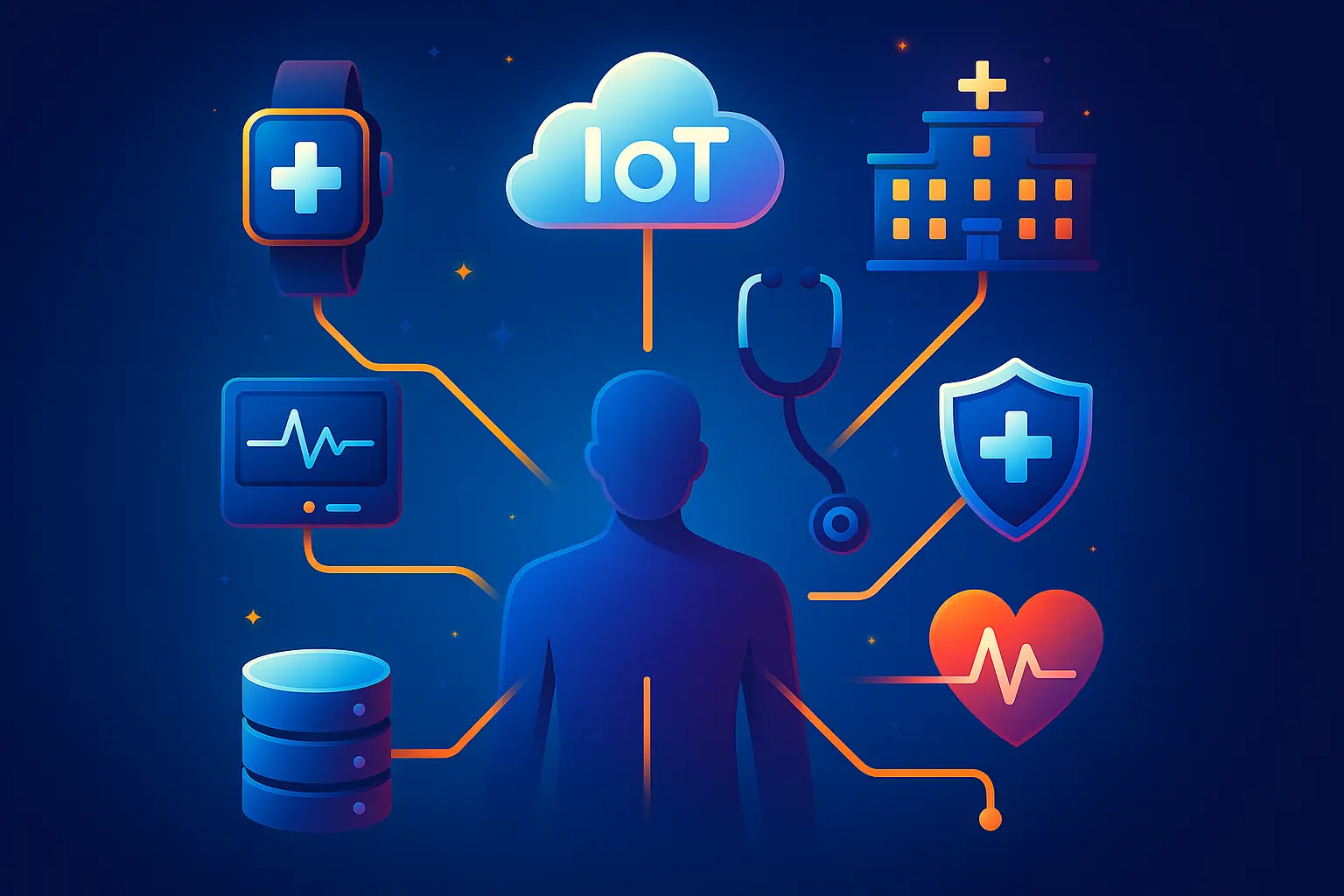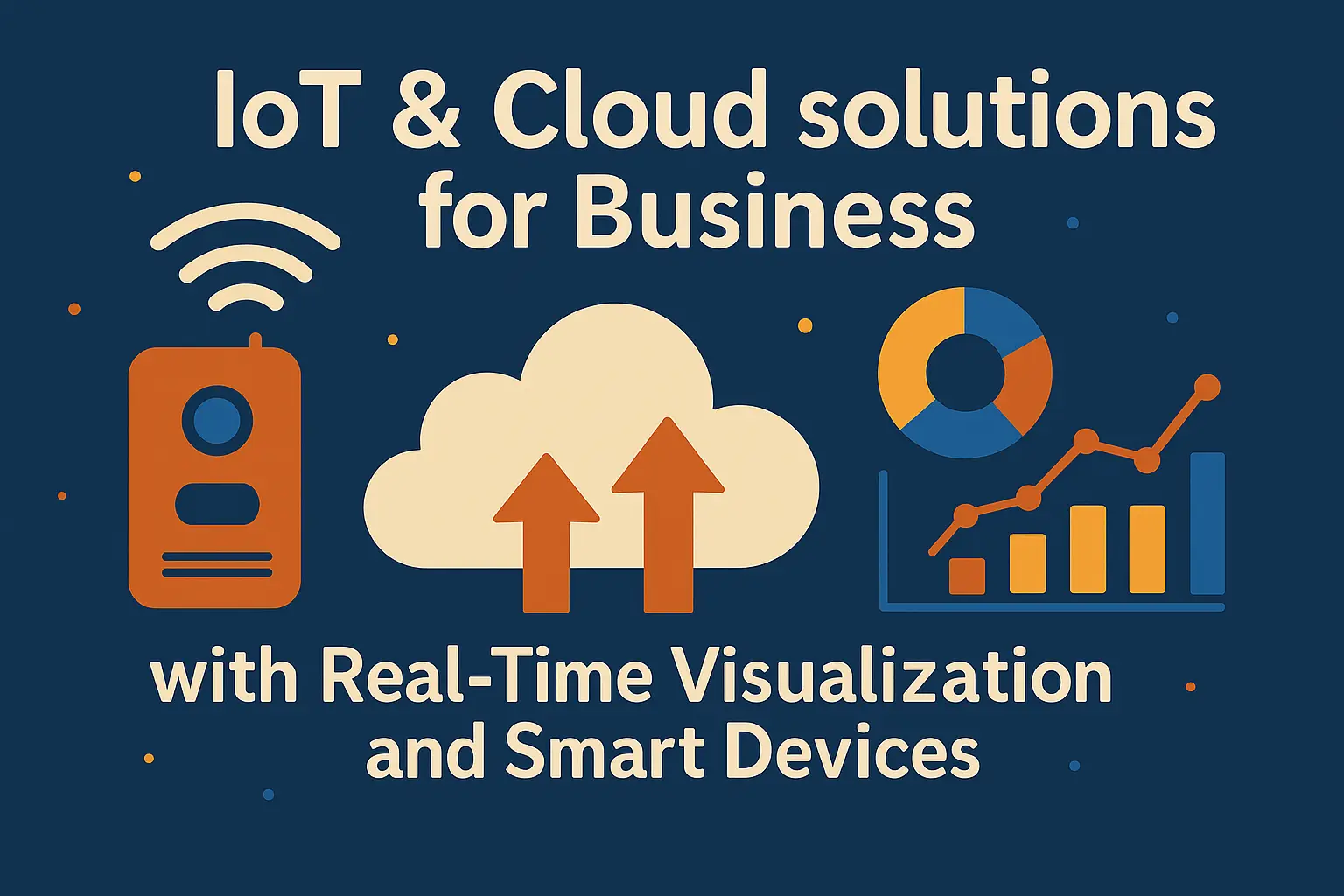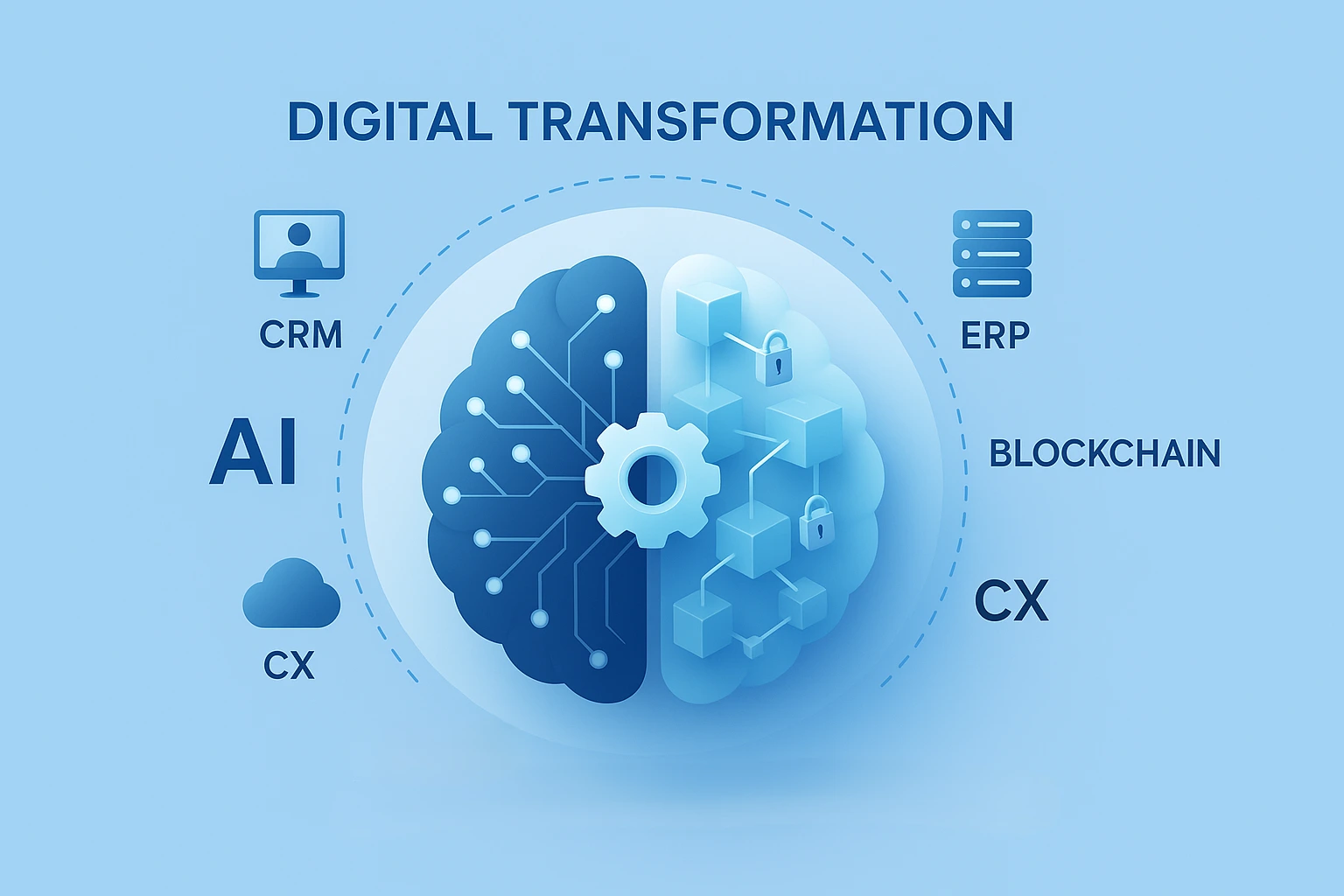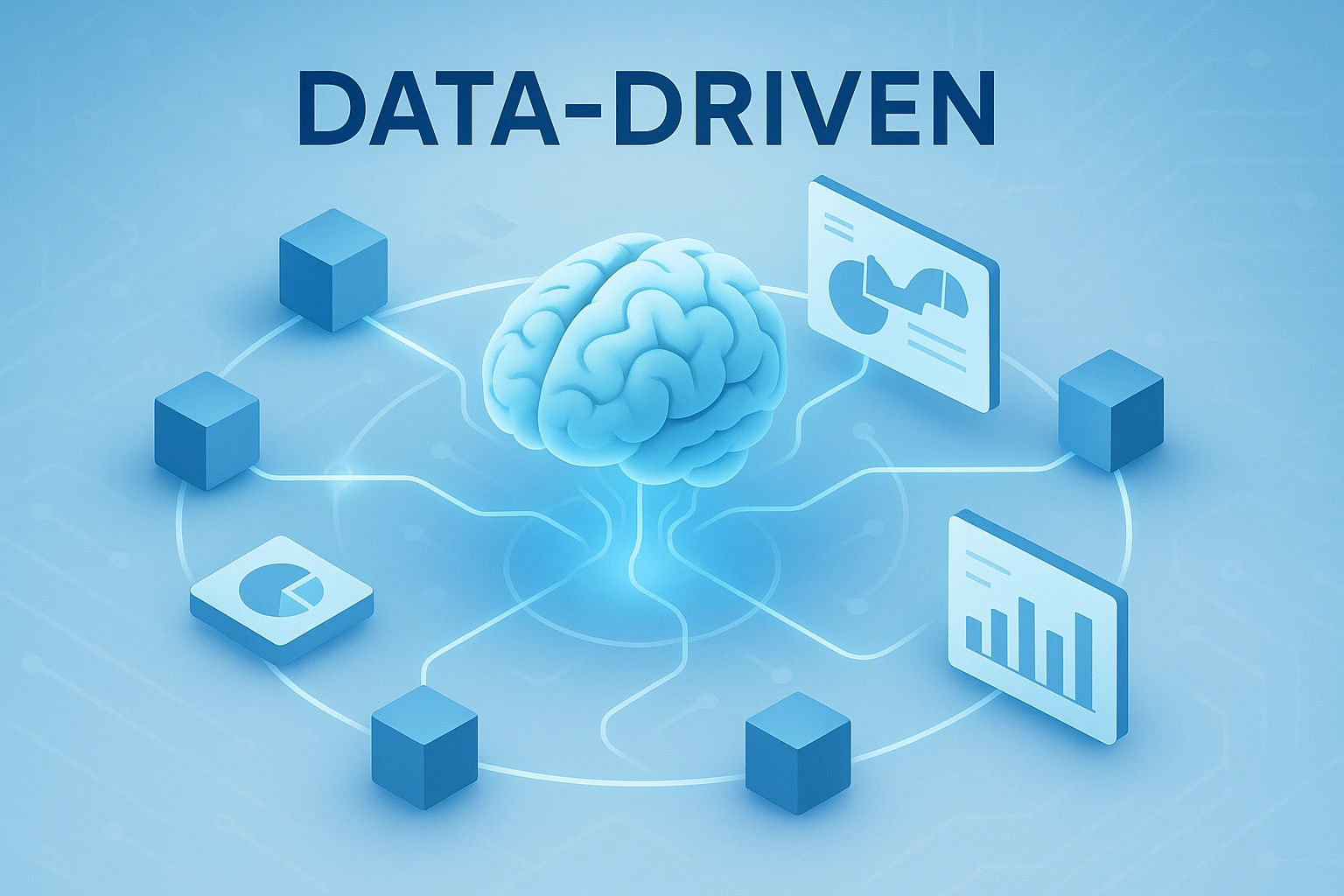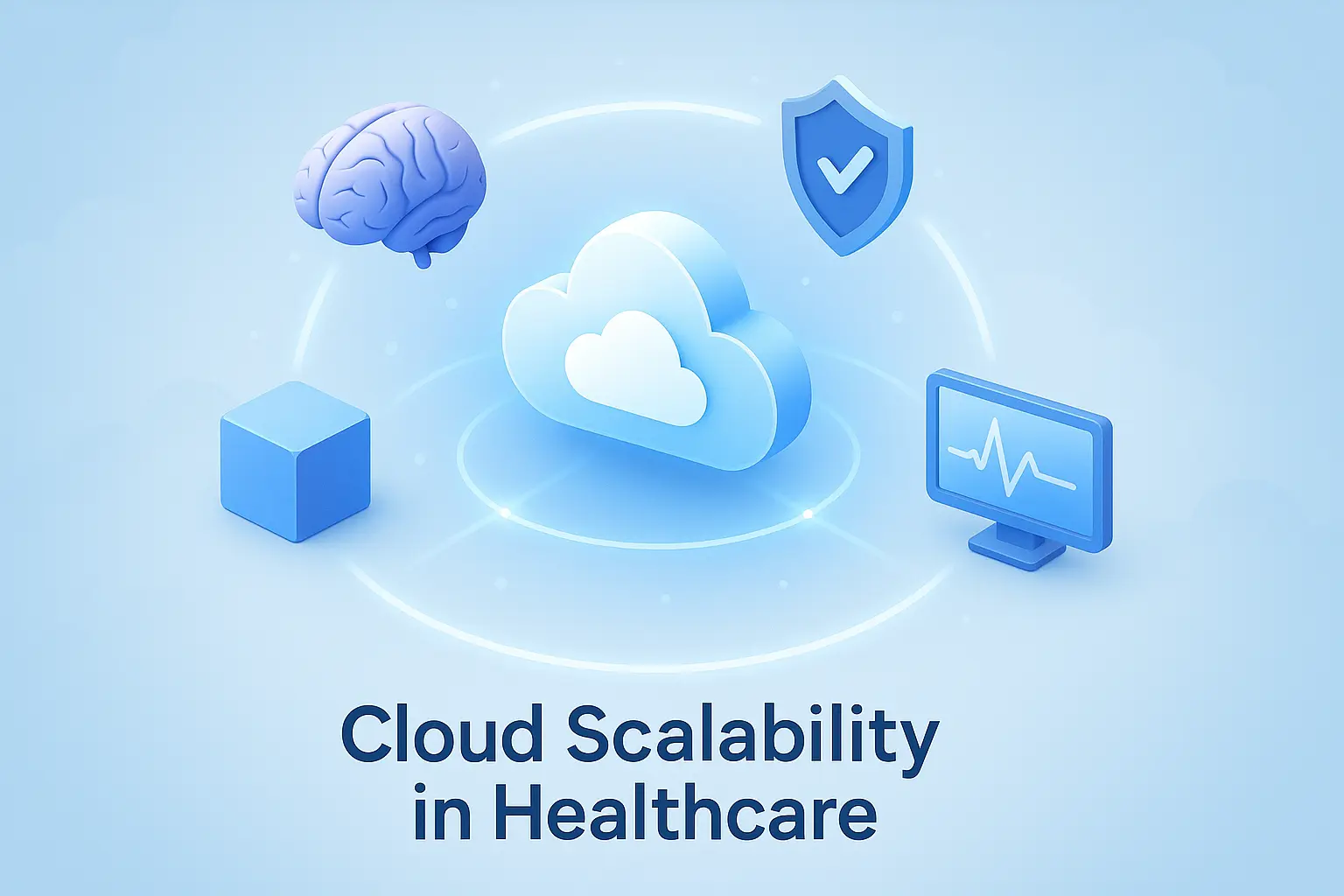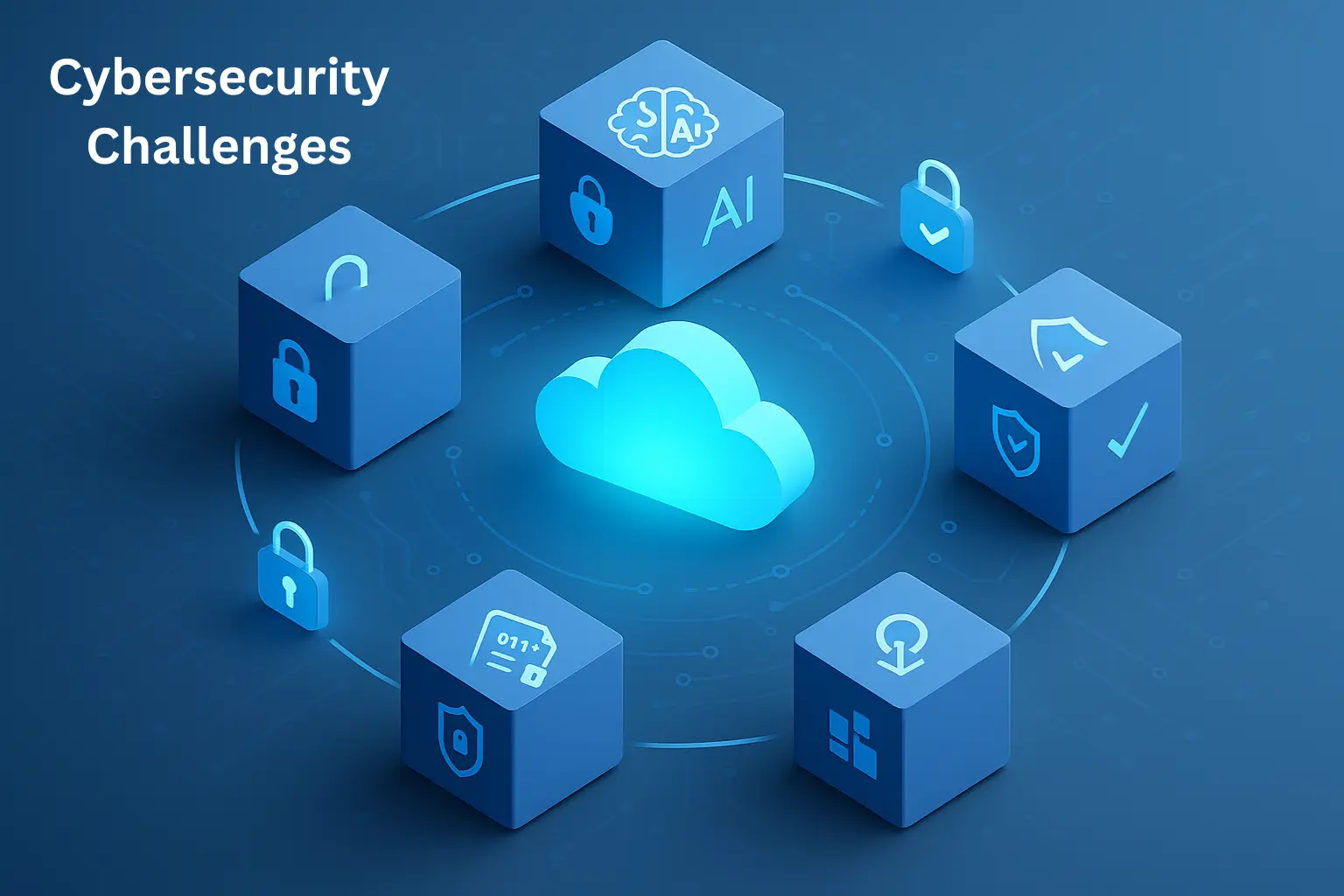Post By

IOT Takeover
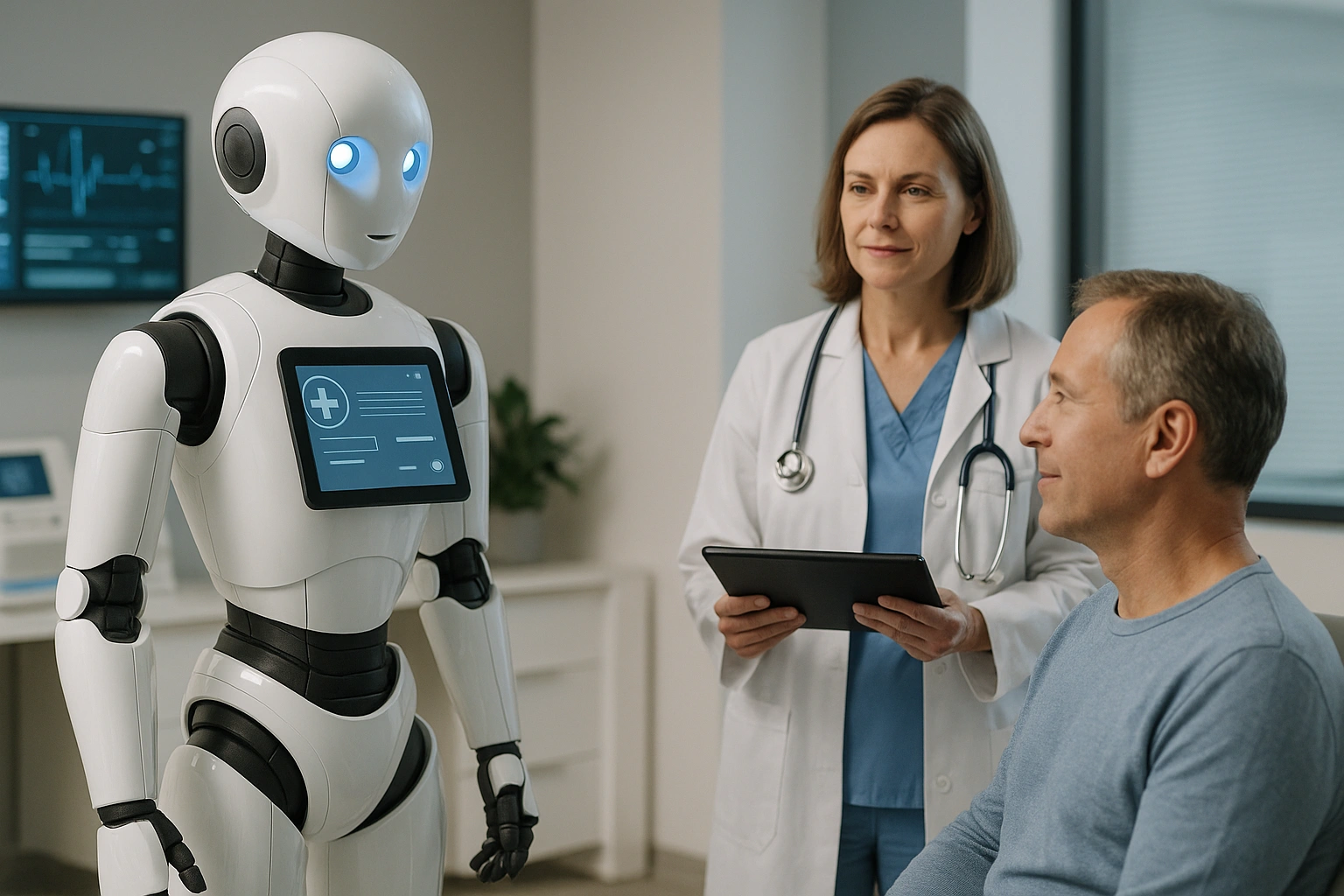
Imagine receiving care, diagnosis, and monitoring from a network of intelligent medical devices that are always connected and never sleep, rather than just human hands. This is not a futuristic fantasy; it is already happening. Welcome to the Internet of Things (IoT) in healthcare, where connected devices are redefining the future of care. The Internet of Things is revolutionizing healthcare due to the growing need for efficiency, quicker diagnoses, and real-time patient data. In this blog, we will explore the explosive growth of IoT in healthcare, review real-world applications, discuss key challenges and benefits, and show how Scaloy is leading the transformation of medical ecosystems. In traditional healthcare systems, manual processes and fragmented data often cause delays, errors, and inefficiencies. With the rise of IoT, healthcare has entered a new era of connected, data-driven care where devices play a central role in delivering timely interventions and accurate monitoring. Before understanding the impact of IoT, it is crucial to identify the long-standing challenges in conventional healthcare systems: These issues not only lead to inefficiencies but can also pose serious risks during emergencies. Implementing IoT in healthcare provides tangible benefits for both patients and providers: Successful adoption of IoT in healthcare requires strategic planning and compliance with strict regulations. Scaloy recommends the following best practices: IoT in healthcare is already showing measurable results across the globe: Scaloy has helped a healthcare SaaS provider in the UAE reduce administrative backlog by 65% through IoT-enabled workflow automation. This demonstrates how technology not only enhances patient care but also drives operational excellence. The idea of a doctor being replaced by a device is not science fiction anymore; it is unfolding today through wearables, smart hospital infrastructure, and AI-driven diagnostics. IoT is shifting healthcare from a reactive to a proactive model, creating hybrid ecosystems where human expertise and connected devices work hand in hand. The future of medicine will be defined not by people alone but by intelligent systems that extend the reach and impact of care.
The Importance of IoT in Healthcare
Challenges in Traditional Healthcare Systems
Key Benefits of IoT in Healthcare
Best Practices for IoT in Healthcare
Case Studies and Real-World Applications
Implementation Process for IoT in Healthcare
Conclusion
What is IoT in healthcare?
IoT in healthcare refers to connected devices such as wearables, smart hospital equipment, and sensors that collect, transmit, and analyze patient data to improve care and efficiency.
How does IoT improve patient outcomes?
By enabling continuous monitoring, early detection, and personalized care, IoT ensures quicker interventions, reducing complications and improving patient recovery rates.
What challenges does IoT solve in healthcare?
IoT addresses challenges such as delayed diagnoses, limited real-time monitoring, resource mismanagement, medication errors, and high administrative workload in traditional healthcare systems.
Is IoT in healthcare secure?
Yes, IoT healthcare systems are designed with HIPAA and GDPR compliance, encryption, and role-based access to ensure patient data privacy and security.
What are some real-world IoT healthcare examples?
Examples include Apple Watch ECG, Dexcom G6 for glucose monitoring, smart hospital beds by Hillrom, and AI diagnostics platforms like Aidoc and Zebra Medical Vision.
How does Scaloy support IoT adoption in healthcare?
Scaloy provides customized dashboards, secure cloud integration, EHR synchronization, predictive maintenance modules, and edge-based alert systems tailored for healthcare providers.
Will IoT replace doctors in the future?
No, IoT devices will not replace doctors but will enhance their capabilities by automating routine tasks, reducing errors, and providing real-time insights for better decisions.
What best practices ensure successful IoT implementation?
Best practices include ensuring compliance, integrating with existing systems, using predictive analytics, enabling interoperability, and training staff for effective adoption.
How does IoT reduce healthcare costs?
IoT reduces costs by minimizing hospital readmissions, optimizing equipment use, automating administrative tasks, and preventing medication errors through smart tracking systems.
What is the future of IoT in healthcare?
The future includes nanosensors for real-time biometrics, AR/VR-assisted remote surgery, blockchain-enabled health records, and AI-powered patient triage at home.

Discover our other blogs.
Automated QC
Speed, accuracy, and efficiency are critical in the rapidly evolving field of diagnostics and...

Yash Patel
Jul 10, 2025
Scaloy Success Stories
In today’s dynamic corporate environment, embracing the right technology is no longer o...

Ankit Patel
Jun 20, 2025
Scalability
In the ever-accelerating digital era, where speed, resilience, and adaptability are more than...

Vasu Patel
Jun 1, 2025
RPA
In today’s fast-paced business world, speed, precision, and innovation define success. ...

Isabella Rossi
May 10, 2025
IOT In Healthcare
The healthcare industry is undergoing a paradigm shift. Rising demands, growing costs, and th...

Noah Fischer
Apr 6, 2025
IOT
In today’s digital-first economy, businesses are under increasing pressure to process m...

Emma Williams
Mar 20, 2025
Digital Transformation
In an era of accelerating change, digital transformation is no longer a choice but a necessit...

Siddharth Nair
Mar 3, 2025
Data Driven Strategies
In today’s hypercompetitive digital economy, data has become more than just information...

Liam Johnson
Feb 17, 2025
Cloud Native Healthcare
The healthcare industry is experiencing rapid digital acceleration. From electronic health re...

Kavya Iyer
Jan 31, 2025
Cyber Security
As digital transformation accelerates, organizations across industries are under pressure to ...

Sophia Martinez
Jan 15, 2025

